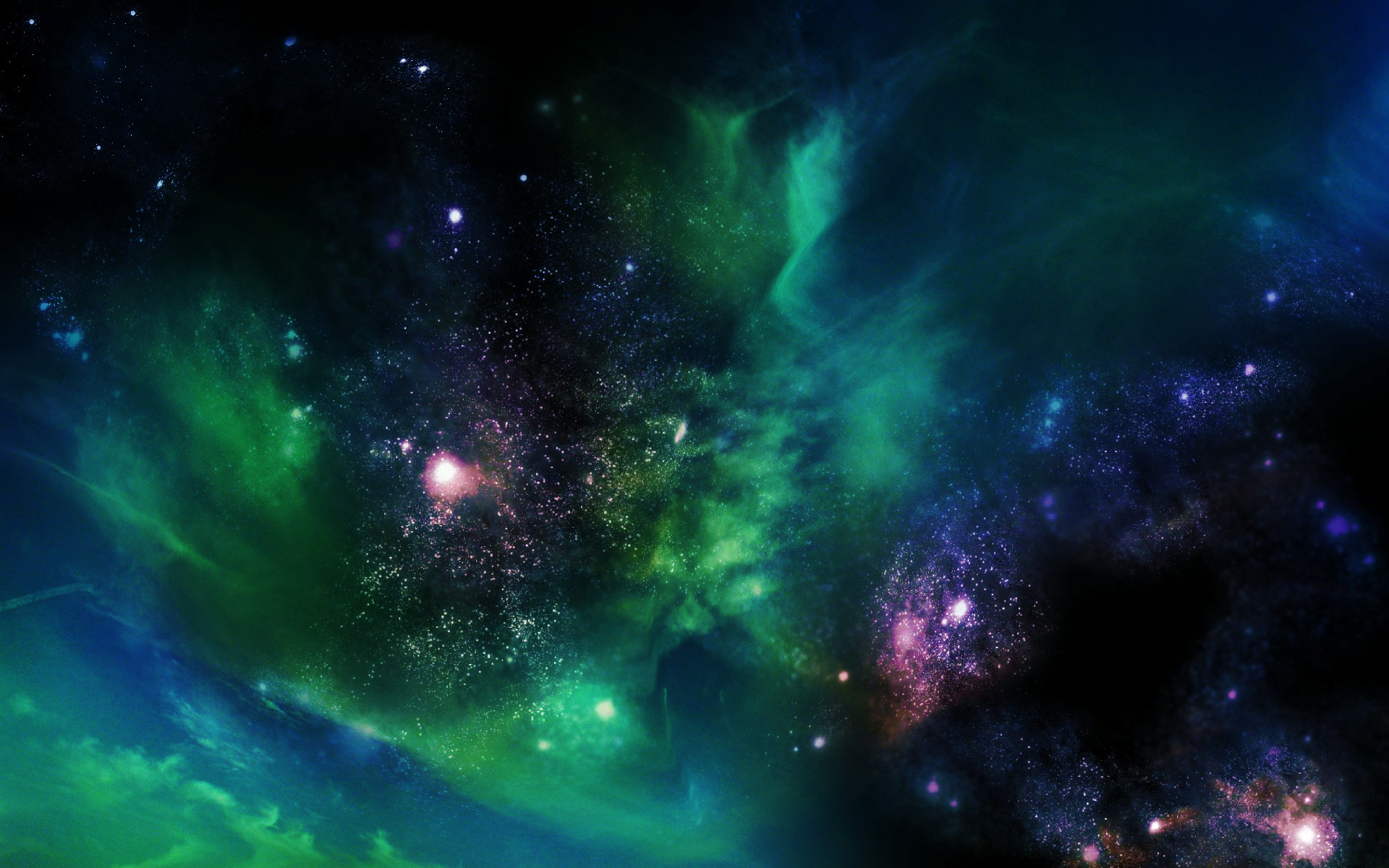
For the first time, astronomers have uncovered evidence of water vapor in the atmosphere of Jupiter's moon Ganymede.

Kraken Mare, a sea of liquid methane on Saturn's moon Titan, is at least 100-m deep near its center, according to a recent analysis of Cassini's data.

The Juno spacecraft orbiting Jupiter has discovered an FM radio signal coming from the moon Ganymede. The find is a first-time detection from the moon. The signal is of natural origin.

New work reveals the likely original locations of Saturn and Jupiter. These findings refine our understanding of the Solar System's unusual architecture, including the ejection of an additional planet between Saturn and Uranus.

Previous research has shown that Io's atmosphere is dominated by sulfur dioxide gas. Now, astronomers could, for the first time, clearly see the plumes of sulfur dioxide (SO2) and sulfur monoxide (SO) rise up from the volcanoes.

In recent years, the confirmed number of Jovian moons has risen to 79. Now, a new study says that there may be 600 small irregular moons orbiting Jupiter.

Researchers have found what may be remnants of the solar system’s largest impact structure, ancient concentric troughs that extend across almost the entire surface of Jupiter’s moon Ganymede.

The surface of Jupiter's moon Europa features a widely varied landscape, including ridges, bands, small rounded domes and disrupted spaces that geologists call "chaos terrain."

Juno took the photo 8,000 miles from the cloud tops during its 18th close flyby of Jupiter on February 12. Overall, 32 flybys are planned, so Juno is just beginning the second half of its flybys.

A team of space scientists has captured new images of a volcanic plume on Jupiter’s moon Io on Dec. 21, during winter solstice, four of Juno’s cameras captured images of the Jovian moon Io, the most volcanic body in our solar system.

Scientists suggest fields of 15 metre-high shards of ice could exist on Europa's surface, posing a threat to future landing missions.

Over the past 18 months, astronomers have painstakingly tracked a dozen tiny moons that they found circling the giant planet Jupiter.

NASA’s Juno spacecraft took this color-enhanced image on May 23, 2018 24), as the spacecraft performed its 13th close flyby of Jupiter. At the time, Juno was 15,500 kilometers from the planet’s cloud tops.

The asteroid, currently nestling in Jupiter's orbit, is the first known asteroid to have been captured from another star system.

Citing data collected by NASA's Galileo probe more than two decades ago, scientists report that giant jets of water are spouting more than 100 miles off Jupiter moon Eupora's surface.